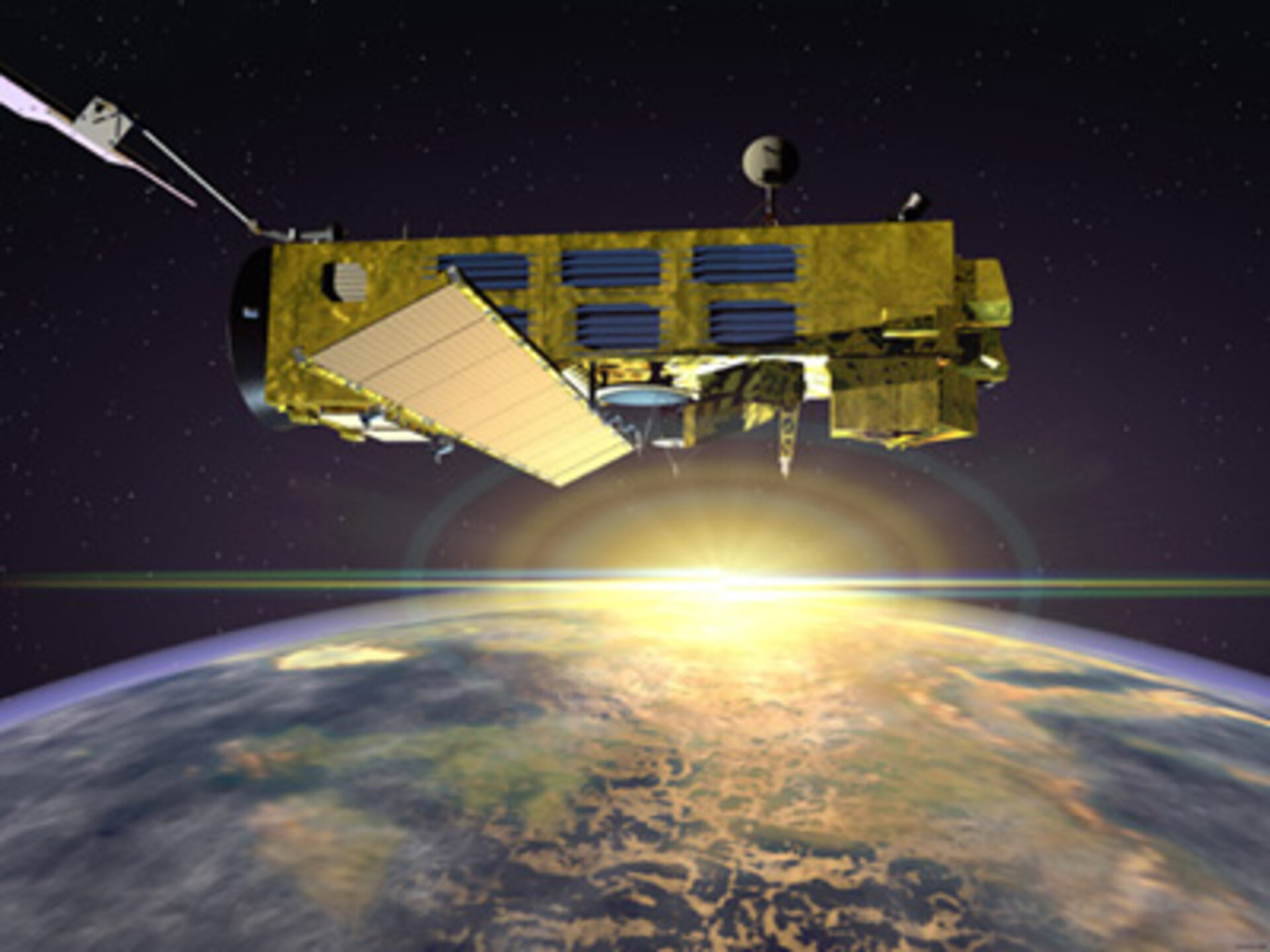Variable effective surface radiators – demonstration phase
Thermal control in the space environment is highly mission dependent, mainly because of the large range of heat fluxes encountered in the interplanetary medium. Common variable emittance radiators, thin plate heat switches, thermal louvers and loop heat pipes cannot meet all the requirements needed for planetary surface or deep space Aurora missions. The main issues are their low flexibility, rather large mass and poor on/off power ratio.
The Variable Effective Surface (VARES) radiator is an emerging alternative technology solution. Thermal control is done by varying the effective radiator surface (thermal switches, etc.). Relying on low conductive material and fluid oscillations in the tube pattern, the heat dissipated by proximity electronics is spread all over the radiator surface in case of hot electronics conditions. In cold conditions, the heat is not spread over the surface and the electronics are isolated with only a minimum heat leak to deep space, so keeping the electronics warm and protecting them from the harsh freezing temperatures of the deep space environment.
In a VARES feasibility study already performed for ESA, small demonstration breadboards have been built and preliminary tests performed. Also a comparison is made between the VARES radiator and the currently used technologies such as variable emittance radiators (optical paints), thin plate heat switches, thermal louvers and loop heat pipes. It was shown that the VARES radiator is a competitive lightweight and high-performance alternative for these technologies. Based on the results, it is proposed to improve the VARES design of the feasibility study, verify improvements by analyses and breadboard testing, manufacture a technology demonstrator and subject it to a test programme.
In the framework of the European Aurora Exploration programme, a striking advantage of the VARES radiator is that it is a European product in a market currently completely dominated by US alternatives.
| Start |
Expected or actual duration | Status | Prime contractor |
|---|---|---|---|
| Nov '03 | 28 months | Ongoing | NLR |
Executive Summary















 Germany
Germany
 Austria
Austria
 Belgium
Belgium
 Denmark
Denmark
 Spain
Spain
 Estonia
Estonia
 Finland
Finland
 France
France
 Greece
Greece
 Hungary
Hungary
 Ireland
Ireland
 Italy
Italy
 Luxembourg
Luxembourg
 Norway
Norway
 The Netherlands
The Netherlands
 Poland
Poland
 Portugal
Portugal
 Czechia
Czechia
 Romania
Romania
 United Kingdom
United Kingdom
 Slovenia
Slovenia
 Sweden
Sweden
 Switzerland
Switzerland


























